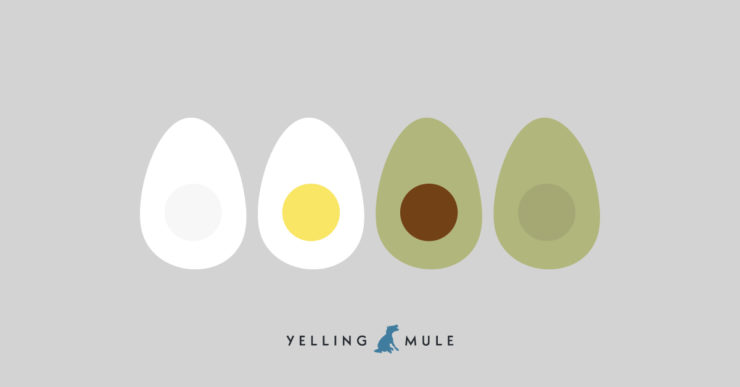
There are a total of 16.8 million colors available for designers to choose from and while the combinations seem endless it’s important to know that that’s not always the case. Color has meaning so it’s important to pick the right combos to clearly reflect a website’s overall message.
In terms of approach when it comes to color selection, there are a number of factors that play a role. For example, if a client has an established brand it’s necessary for the website to incorporate their allotted color choices. The client’s industry is also an important factor to consider. For example, blues and greens are typically used in pharmaceutical companies because they are both soothing and trusting. Another example would be the financial industry. A lot of banks use a form of navy within their palette because it symbolizes trust.
Color also plays a huge part in user interface and user experience design. When designing a website’s interface (like buttons, checkboxes, toggles, radio buttons, breadcrumbs) your interface shouldn’t be made up of a whole bunch of different colors. The user should be able to quickly identify what’s a button, what’s a call to action, etc since buttons and other input controls are how users will use and interact with your website so keeping them consistent with color will help solve that problem.
‘Less is more’ is a best practice that should be followed with every website design project. Having two/three primary colors, two accent colors, and implementing a neutral gray/white gives a well-rounded palette without being overwhelming to the user. Keeping all color uses consistent within the design not only solidifies the design but promotes brand recognition. This also translates to the 60-30-10 rule. It’s a color rule that different areas of design (not just web design) use to help create really nice color palettes – the rule is use 60% of your dominant color, 30% of your secondary color, and 10% of your accent color.
To learn more, check out our other web design blog posts.

